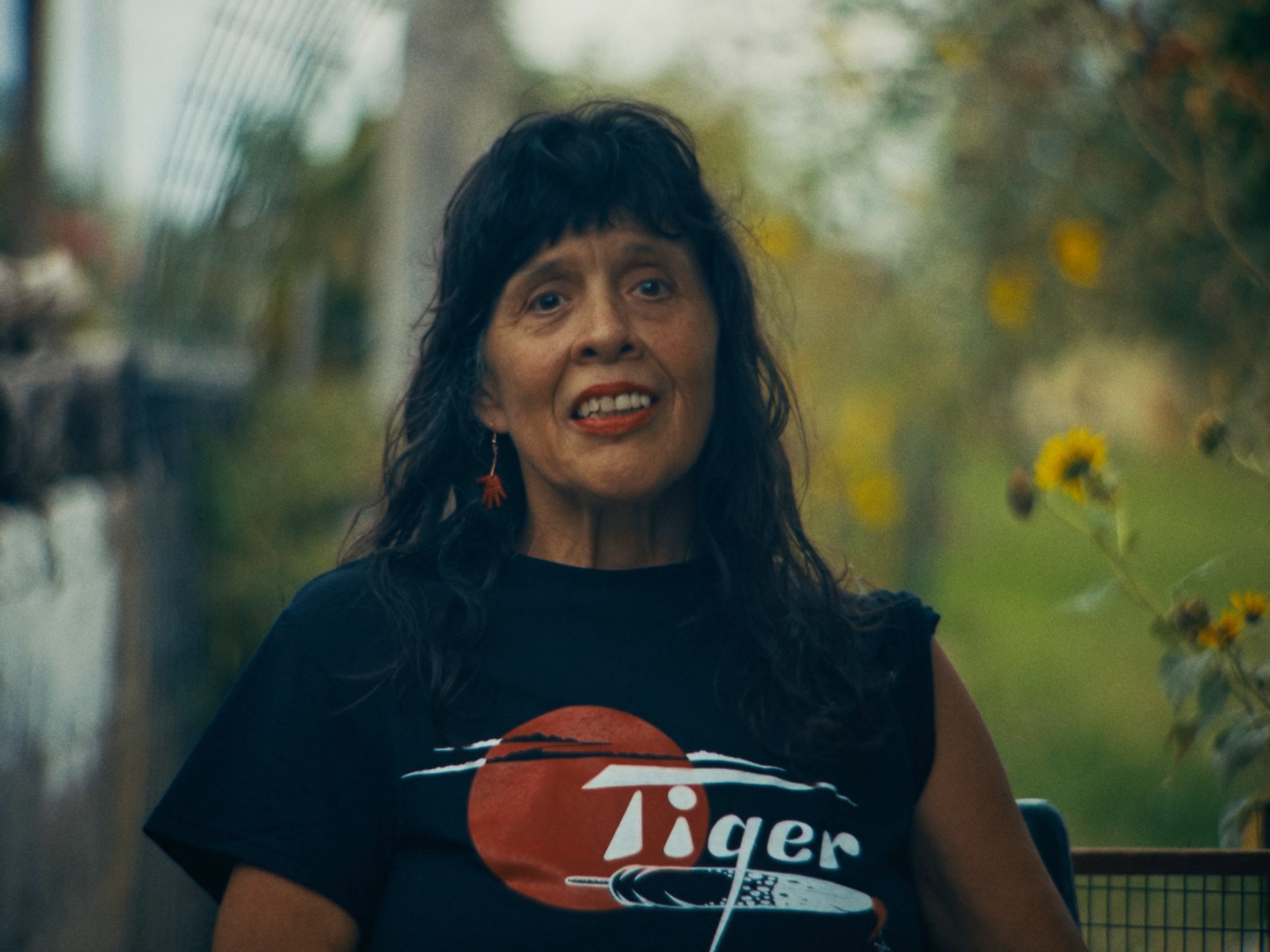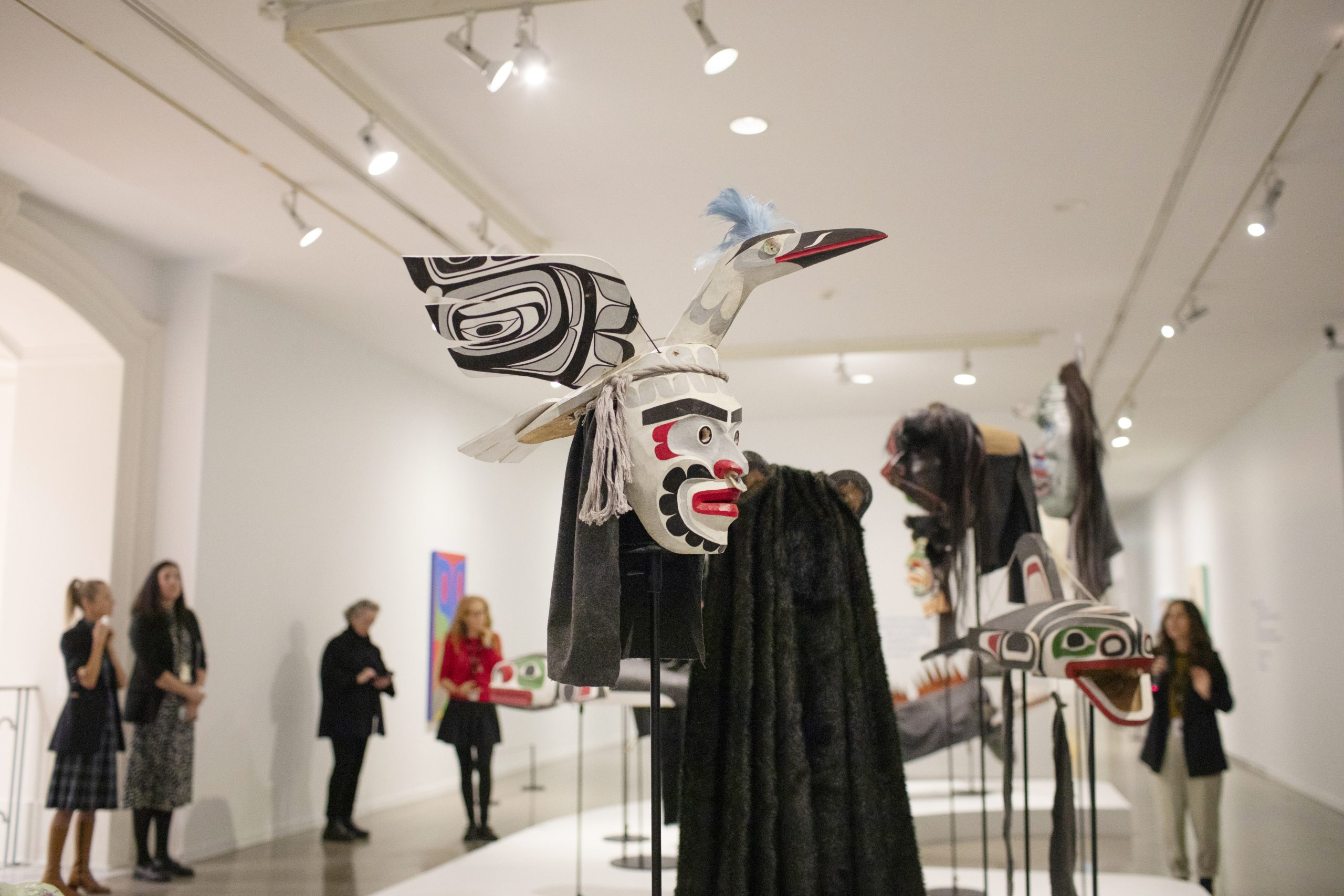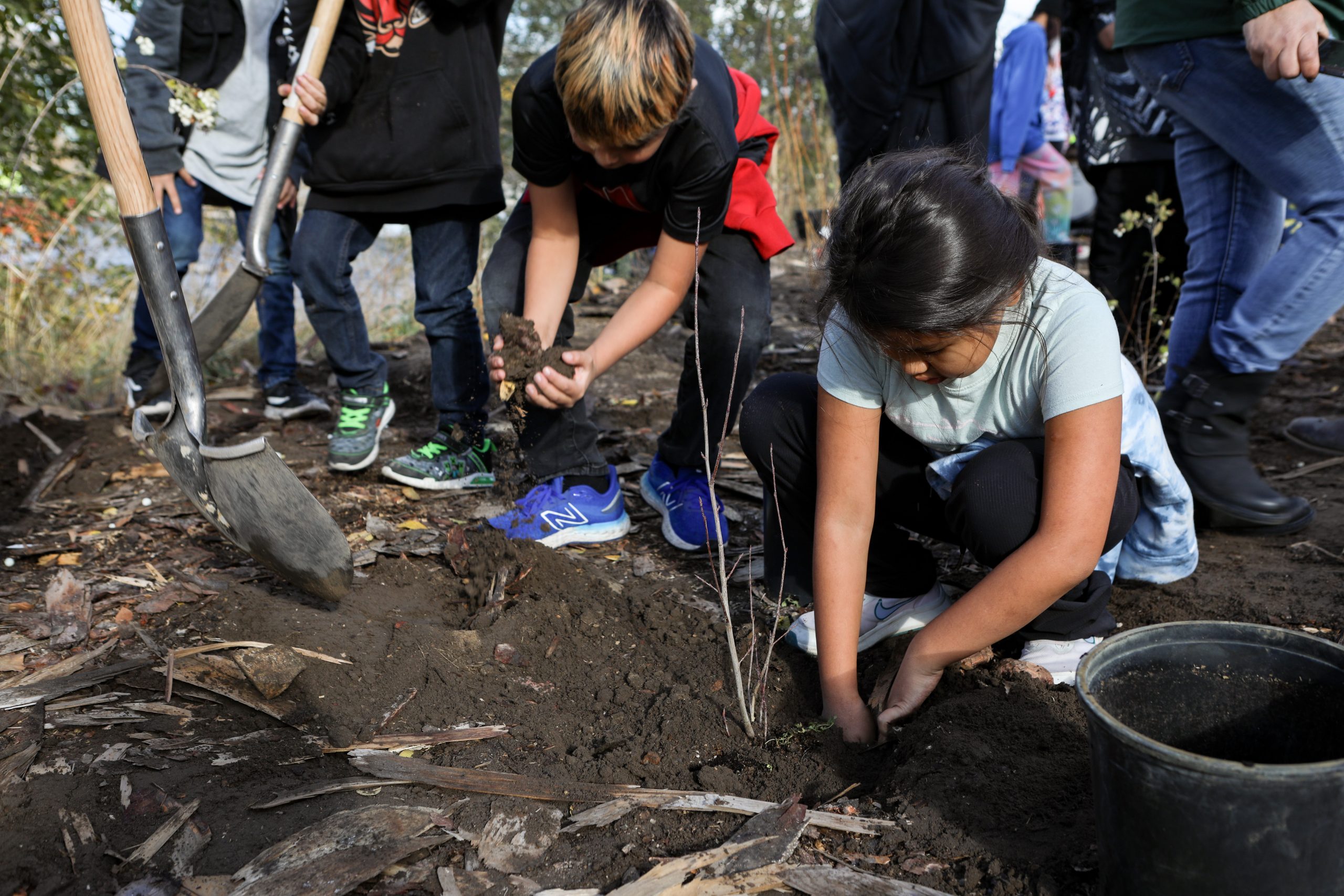IndigiNews of the week: Revitalize and restore
Your weekly roundup of news and information about what’s happening across the Nation.

In this weekly roundup, we have a variety of topics from across our Indigenous Nations. We also want to extend our welcome to our new Indigenous journalists, who have been hired to cover stories on Vancouver Island!
This week, we also highlight Westbank First Nation’s fish distribution that is a part of Okanagan Nation Alliance’s (ONA) efforts to revitalize and restore harvesting, and ensure traditional fishing practices that have been a part of the Syilx way of life since time immemorial.
Worth your time
- ‘It’s really fun’: Stó:lō teens learn to build trails — and then shred them on mountain bikes: According to CBC News, Stó:lō Service Agency and United Way of the Lower Mainland has a summer program to build trails. CBC reports, “Through the summer many other Indigenous youth will take part in volunteer trail days, in which Laroche and the other crew members will teach them some of the skills they’ve learned, and then the teens will get to take mountain bikes for a rip on the trails.”
- New body aims to create First Nations school board in Yukon: CBC reports, “First Nations leaders in Yukon say a newly-created directorate will help them exert more control over the education of Indigenous students in the territory — and work toward a separate school board.” The Yukon First Nations Education Directorate was announced Thursday as an independent entity, and will be based in Whitehorse. It will replace the Council of Yukon First Nations’ (CYFN) education department. Dana Tizya-Tramm, chair of the Chiefs Committee on Education (CCOE), stated, “The mission of the Yukon First Nations Education Directorate is to exert unified control over First Nation education so we can empower our people and our ways of knowing and prepare our children to be active participants in the current world.”
- A real and present fear. What it’s like to be a woman, Indigenous and a reporter in Canada: Journalist Brandi Morin recounts for the National Observer her experience covering a story on Secwépemc land defenders called Tiny House Warriors in Blue River. She writes, “I was there to cover a protest being held by townspeople upset with Secwépemc land defenders called Tiny House Warriors who have been occupying a piece of their traditional lands to oppose pipeline expansion through the area. I expected friction. But I never imagined I’d be leaving just two days later afraid for my life.” After covering the day, she went back to her hotel and received a notification on her phone showing she was followed by @IHIT Homicide Team on Twitter. After Googling, she explains she discovered that the unit is “a specialized unit responsible for investigating homicides, high-risk missing persons and suspicious deaths in B.C.’s Lower Mainland.” Morin says, “I went back to my room and contacted my editor. She was concerned and advised me to barricade my door. I did and it was unnerving. I brought my baby’s playpen close to the bed and prayed.”
News of the week
- Meet the four Indigenous journalists now covering Vancouver Island: The first IndigiNews team was hired in April 2020 in the middle of a global pandemic to serve Indigenous communities in the Okanagan Valley. Now, in partnership with The Discourse and Aboriginal Peoples Television Network, along with funding from the Local Journalism Initiative, we are expanding to Vancouver Island. These four reporters will cover Indigenous health, education and child welfare across the Island. Meet Anna McKenzie, Odette Auger, Catherine (Katłįà) Lafferty and Bayleigh Marelj! Welcome to the IndigiNews team!
- Cleaning up B.C.’s Tulsequah Chief mine will cost $48.7 million: The Narwhal reports, “The Tulsequah Chief mine — which has been leaking contaminated water into a salmon watershed on the B.C.-Alaska border for over 60 years — will cost $48.7 million to clean up, according to a final remediation plan released by the B.C. government on Wednesday.” The full 113-page remediation plan can be found here. Chris Zimmer of Rivers Without Borders told The Narwhal: “The plan reads more like a plan for a plan, outlining several options and highlighting significant gaps in data. To call it a final plan could be confusing. It’s not the final plan. It’s kind of a framework that says here are the questions we need to answer, we need to do these studies, here are the options, and here are the pros and cons. So it’s still really hard to tell exactly how good this is going to be — it depends on how it’s implemented.”
Okanagan latest
- Westbank First Nation distributes fish to its community members: In my latest, I cover Westbank First Nation doing its fish distribution of sockeye salmon. Each summer, the Okanagan Nation Alliance (ONA) distributes fish to its eight member communities, including WFN. Youth are also encouraged to participate in the distribution, where they can learn how to filet and gut the fish. The harvest is part of ongoing efforts to restore and revitalize traditional fishing practices that have been a part of the Syilx way of life since time immemorial. By restoring the salmon to Lake Okanagan, Syilx people can maintain their traditional ways of fishing, maintain fisheries and harvest fish. Audrey Wilson, WFN’s membership service manager, says, “It’s really good for sharing with the Elders, teaching of the youth to learn the traditions that our ancestors had way back in the day.” Wilson continues, “It brings the Elders and youth and everyone together working. And I think that’s very important for our community to learn some of the traditions that we’ve had.”
- Canada-BC Grant helps build out access to regional park: According to WFN, due to the Canada-BC Investing in Canada Infrastructure Plan, the two senior governments will contribute nearly $715,000 towards new features in Black Mountain – sntsk‘il’ntən Regional Park, which “protects cultural assets as well as a unique Okanagan grassland habitat.” WFN Chief Chris Derickson says, “lim ləmt, thank you, to both levels of government for investing in our culturally significant sntsk‘il’ntən Regional Park, including, as part of the Regional Park Management Plan, improved access, safety, and information for its visitors. As stewards of the land, protecting areas of environmental and cultural significance is crucial to ensuring that these lands remain intact for future generations to visit, appreciate, and learn from.”
- Working Together to Strengthen Our NNEE2SILT (Family): In a Facebook post, Lower Similkameen Indian Band asks for all grandmothers and aunties within the community who are interested in receiving a DIY Ribbon Skirt and mask kit for the upcoming virtual ONA Drug Forum to get in touch. The Okanagan Nation Alliance – Child and Family and LSIB have partnered to offer these kits, and to show their support for the Purple Ribbon campaign. For more information, click through.
That’s it for this week! If you have news or information that you want to share, email me: chehala@indiginews.com.
Author
Latest Stories
-
‘Bring her home’: How Buffalo Woman was identified as Ashlee Shingoose
The Anishininew mother as been missing since 2022 — now, her family is one step closer to bringing her home as the Province of Manitoba vows to search for her
-
Short film showcases the inspiring story of Dana Tiger — and a family design legacy
Muscogee artist’s life, work, and fashion business are the subject of Loren Waters’ Sundance-acclaimed documentary ‘Tiger’












